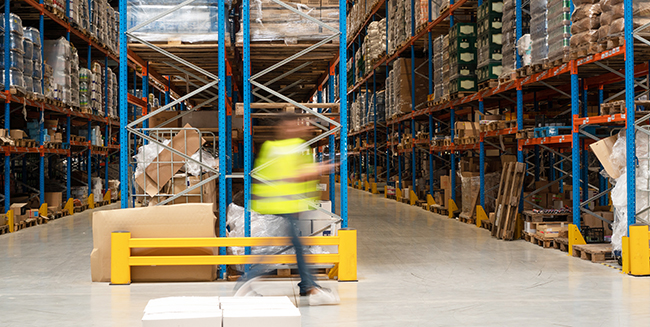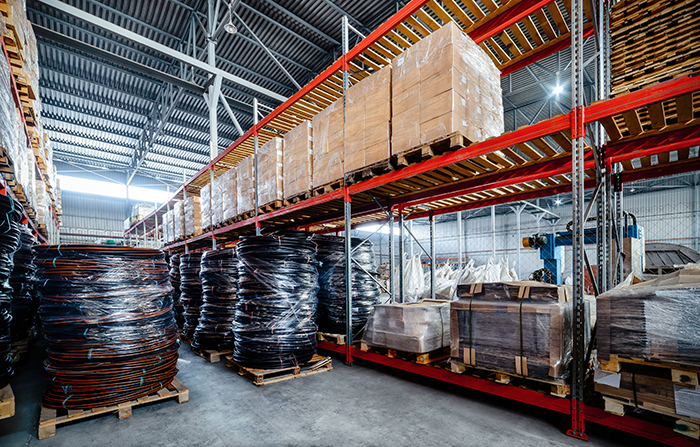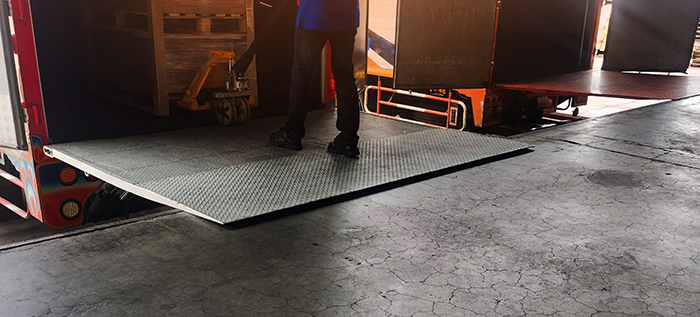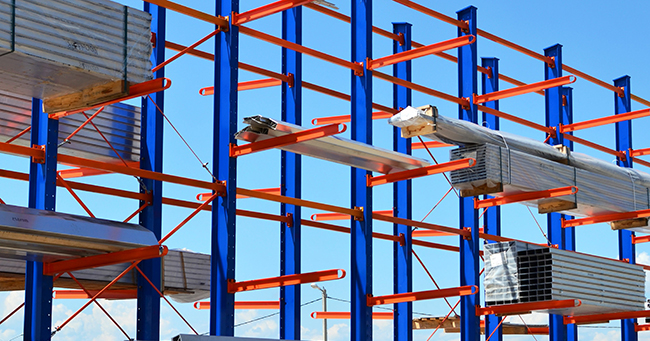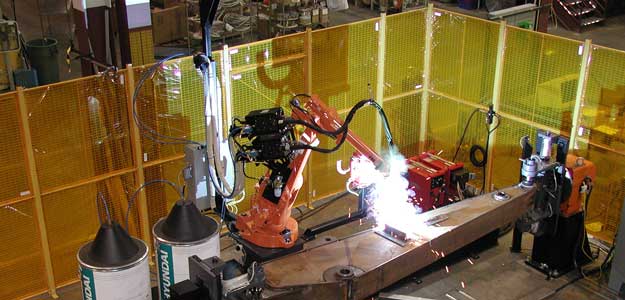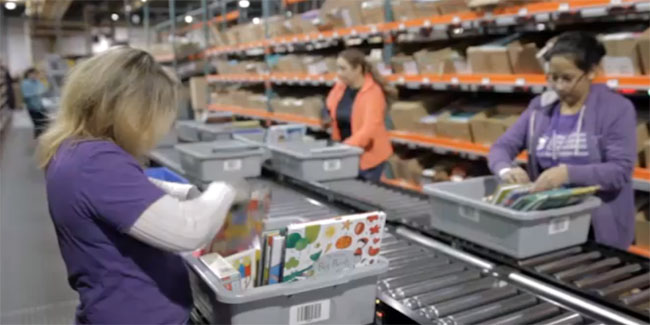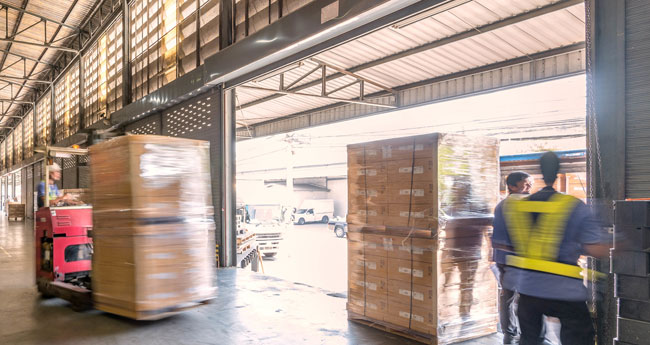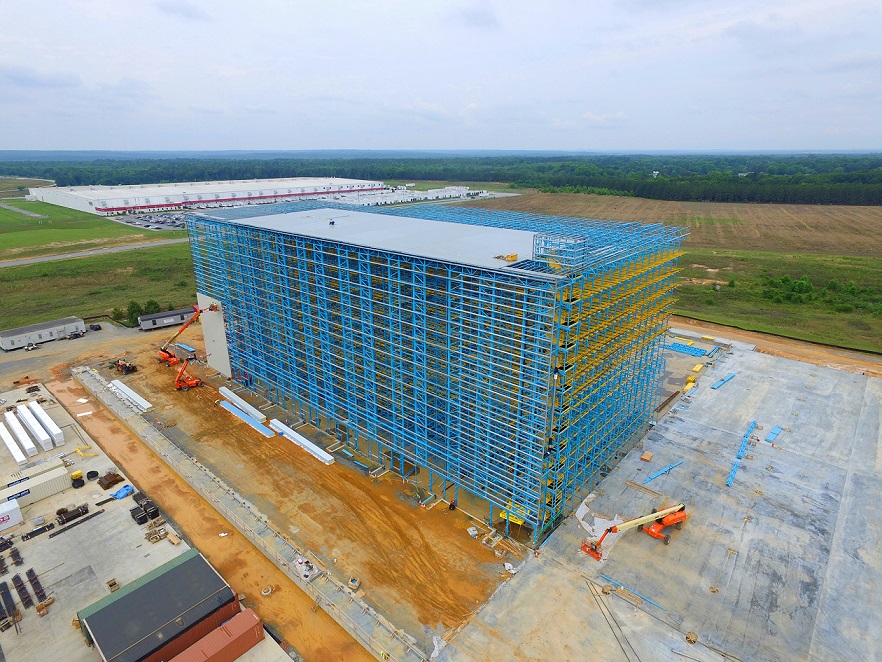
Buying standard storage racks for quick-shipment from a manufacturer used to be the norm. You relied on stocked inventory, but this is occurring less and less as racking becomes more specialized and regulations stricter. Today’s storage rack systems are generally considered a building-like element, and as such must meet a slew of regulations.
While these emerging ordinances are continuing to evolve, they can generate considerable headaches for even the most seasoned warehouse manager. You should seek expert guidance from a qualified design professional whenever the racking, foundation, or warehouse infrastructure must accommodate unusual stress, loading, function, or other non-standard factors.
To help you stay up to date with changing requirements and regulation, we discuss how partnering with an expert can help to ensure durable, cost-effective, compliant storage rack with Arlin Keck, an engineer at Steel King Industries, a designer and manufacturer of warehouse storage racks, pallet racks and material handling/safety products since 1970.
Read the rest of this entry »
